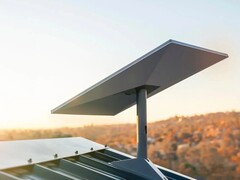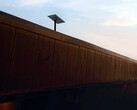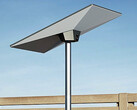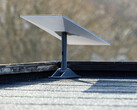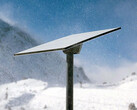If you live in Washington, Oregon, or Idaho and are planning to sign up for Starlink service, it might be worth holding off for now. Starlink has quietly raised the "demand surcharge," the one-time fee for new Residential customers in highly congested areas, to an exorbitant $1000.
Users in Seattle, Redmond, Portland, and Sandpoint are now seeing the new $1000 surcharge when trying to subscribe to the Residential plan, reports PCMag. This is the third time Starlink has dramatically increased the surcharge in the last 30 days since the company originally introduced the congestion fee at $100 over a year ago. In early June, the fee jumped from $250 to $500. This was followed a couple of weeks later with another hike that saw the surcharge reach $750 for new sign-ups. But it looks like that still wasn’t enough to deter new customers, forcing SpaceX to slap an additional $250 last week—that brings the total to a staggering $1000. Combined with the Standard Kit's $349 price, new users are now staring at a $1,349 upfront cost just to get on the service.
As SpaceX notes, the demand surcharge only applies to those purchasing or activating a new Residential service plan in highly congested areas. Notably, Washington is one of the most oversaturated markets for Starlink, with Seattle recording some of the lowest average download speeds (ranging from 54Mbps to 223Mbps). The good news is that the steep surcharge is limited to select parts of the Northwest. Elsewhere in Washington, where Starlink seems to have more breathing room, new customers only need to pay for the standard $349 dish. And in some parts of Oregon and Idaho, SpaceX is still offering the free Standard Kit if you commit to the Residential plan for 12 months.
If you’re in one of these highly congested areas, it might be best to wait it out until SpaceX expands its network capacity and removes the surcharge. If you need Starlink sooner, you can still buy the Standard dish and activate the Roam plan instead. But be warned that Roam users get deprioritized data, so download speeds—especially during peak hours—won’t match what you’d get on the Residential tier.




